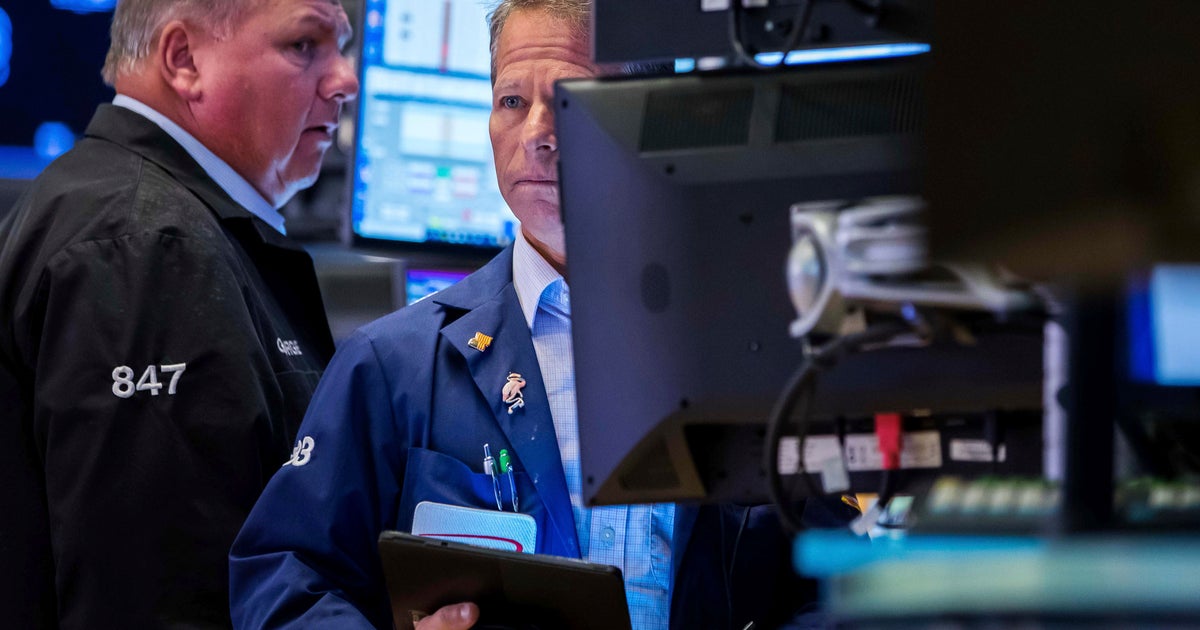Dow closes well above 24,000 in yet another milestone
Stocks powered to new highs on Wall Street today, giving the Dow Jones industrials index its biggest gain since March and vaulting the blue-chip benchmark to finish above 24,000 points for the first time.
The Dow Jones industrials gained 331 points, or 1.4 percent, to close at 24,272.
Other market indicators also reached milestones on Thursday. The broad-market Standard & Poor's 500 index, which is widely followed by professional investors, had its biggest monthly gain since February.
The Standard & Poor's 500 index rose 21 points, or 0.8 percent, to finish at 2,647.
Technology stocks were responsible for much of the gain, recovering a good portion of the sharp pullback in Nasdaq shares on Wednesday. The Nasdaq composite rose 49 points, or 0.7 percent, ending at 6,873.
Financial institutions and health care companies were among the biggest gainers on Thursday. Goldman Sachs (GS) rose 2.6 percent, and UnitedHealth (UNH) climbed 2.7 percent.
Investors welcomed signs that the odds were improving for the Republican-led effort to forge a sweeping tax overhaul bill. Wall Street has been keeping a close eye on Washington to see if the Senate will vote yes on the proposed tax overhaul that would lower corporate tax rates. The Senate Budget Committee voted 12-11 to pass the Republican tax plan Tuesday.
Friday marks the first trading day of 2017's final month: Is Santa Claus coming to town? Wall Street thinks so, even though stocks have already exceeded most expectations this year.
December on average is the best month for stocks. Investors call the gains a "Santa Claus rally": a late-year boost that helps the markets end on a high note. Despite several warning signs and reasons for concern, analysts have some solid reasons to think December 2017 will be pretty good, too.
Dating back to 1950, the S&P 500 has risen an average of 1.6 percent in December. November is second, with an average gain of 1.5 percent. Jack Ablin, chief investment officer for BMO Capital Markets, said investors made a habit of buying at the end of the year to position themselves for January, when stocks typically did well. That set off a cycle.
"When I started in the business, I remember reading studies about the January Effect," said Ablin, who has worked in finance for three decades. "Once that became common knowledge, the January Effect turned into the December Effect, and now appears to be creeping into November, too."



